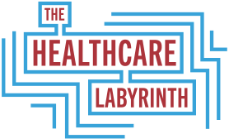
Supplemental Benefits Marketing Delayed
MA plans may cheer the delay on supplemental benefits notifications, but it could work against them over time The Centers for Medicare & Medicare Services (CMS) announced in a short notice published in the Health Plan Management System (HPMS) that it is delaying enforcement of Medicare Advantage (MA) supplemental benefits notification requirements. It says it will reconsider the regulatory requirements. Background on recent reforms In light of the ongoing controversy over the surge of rebates in the rate-setting program and the inability to determine how much of the extra dollars are truly spent on added benefits, CMS instituted two key reforms. First, it clarified ambiguity about whether supplemental benefits must be submitted as encounter data. It now requires all benefit utilization to be submitted as such. This has led to a very complicated directive from CMS to MA plans on how to submit such data. Many supplemental benefits are not













